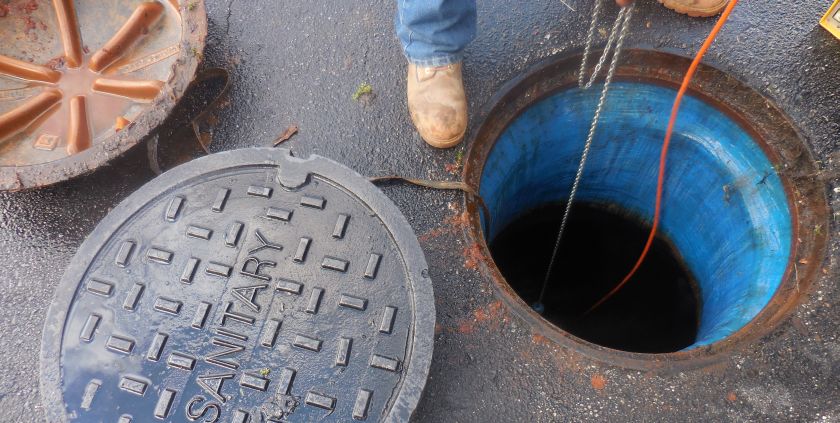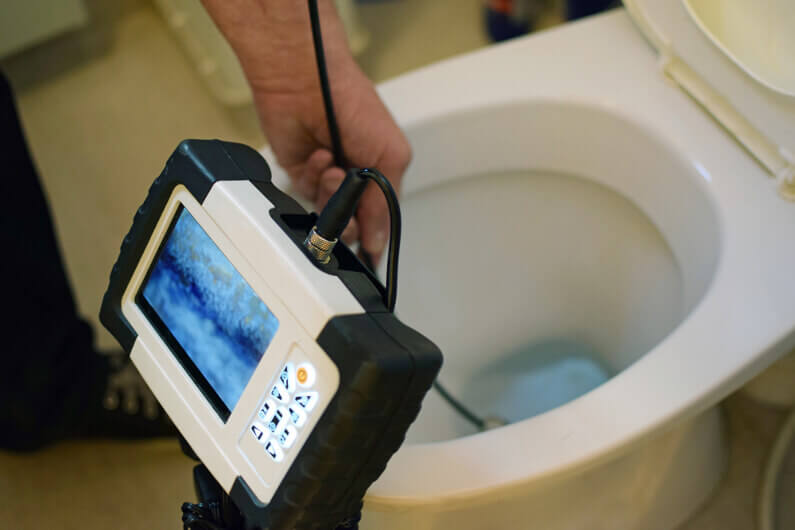Steps to Take for Fixing a Blocked Drain Before Reaching out to Professional Plumbers
Steps to Take for Fixing a Blocked Drain Before Reaching out to Professional Plumbers
Blog Article
This post below in relation to How to handle a clogged drain in your home is highly insightful. You should take a look.

Introduction
Handling a blocked drain can be a discouraging experience, disrupting day-to-day activities and possibly causing damage to your residential or commercial property. Nonetheless, prior to connecting to pipes experts, there are actions you can take to resolve the problem yourself. In this guide, we'll check out do it yourself options and preventive measures to tackle a blocked drainpipe effectively.
Identifying the Problem
The initial step in resolving a blocked drainpipe is identifying the indications. Sluggish water drainage, gurgling audios, foul odors originating from drains, or water backing up are common indicators of an obstructed drainpipe. Determining these indications early can aid avoid better difficulties.
Typical Causes of Blocked Drains
Comprehending the variables that contribute to drain blockages is vital for efficient resolution. Typical wrongdoers consist of hair, soap residue, grease, food debris, and foreign objects like sanitary items or paper towels. Tree roots getting into below ground pipelines can also cause substantial obstructions.
DIY Solutions
For small obstructions, several DIY remedies can be efficient. Putting boiling thin down the drainpipe can assist liquify oil and particles. Sodium bicarbonate and vinegar or a mix of salt and baking soft drink can function as natural cleansers. Making use of a plunger or plumbing serpent to remove obstructions is an additional option.
Devices and Tools
Having the right devices accessible can make do it yourself drain cleaning extra reliable. A plunger is a functional tool for getting rid of blockages in sinks, bathrooms, and showers. A pipes serpent or auger can get to deeper obstructions, while drainpipe cleaning chemicals can be made use of meticulously for persistent obstructions.
Safety nets
To prevent future obstructions, embracing safety nets is crucial. Set up drain guards or filters to capture hair and debris prior to they go into the pipelines. Frequently flush drains with hot water to dissolve grease accumulation, and prevent taking care of grease or solid waste down the drain.
When to Call a Professional
While do it yourself solutions can deal with minor blockages, particular indicators suggest the need for specialist help. Relentless clogs, foul odors despite cleansing initiatives, or numerous drains supporting concurrently are red flags that warrant professional intervention.
Picking the Right Pipes Solution
When picking a pipes service, consider elements such as experience, licensing, and client reviews. Select a credible plumbing with a performance history of top quality workmanship and transparent prices practices.
Cost Considerations
The cost of professional drain cleaning services can vary depending upon the seriousness of the blockage and the plumbing's rates. Request quotes from numerous providers and ask about any type of surcharges to guarantee openness and prevent surprises.
Safety Measures
When attempting do it yourself drain cleaning, focus on security. Put on protective gloves and eyeglasses to avoid contact with harmful chemicals or germs. Never blend various drain cleansing products, as this can produce harmful fumes.
Instance Studies
Real-life examples highlight the effectiveness of do it yourself remedies and the importance of timely professional intervention in solving drainpipe obstructions.
Verdict
By complying with the pointers detailed in this overview, you can efficiently deal with blocked drains and protect against future pipes problems. Whether opting for DIY remedies or seeking specialist support, punctual activity is essential to maintaining a healthy plumbing system and preserving the stability of your home.
WHAT I LEARNED FROM TRYING TO DEAL WITH A CLOGGED DRAIN
We have had our share of seepages and other annoying things that are part of living, especially in an apartment complex. And if there’s one thing that’s terrifying for a homeowner—or even someone in a rented home—it is a clogged drain, indoors or outdoors.
We enjoy our living space, but it’s simply a fact of life that dead skin, soap and a host of other items go down the drain; eventually, the residue builds up and prevents anything from moving. Ugh.
Not Calling A Professional
Of course, it might seem simple to just whip the pipe off under the sink and see if you can unblock it. Unfortunately, what if the blockage isn’t there, or you don’t reconnect it properly? Worse, you might break a piece and have no drainage system. Can you imagine that scene? Yuck!
Not Watching Your Waste
This will sound d’uh, but the best tip I can give you for drain cleaning is to avoid clogging the drain in the first place! You can do this by monitoring what goes down the drain and catching the items which are most likely to give you a problem. Invariably hair, vegetable peels, and large wads of toilet paper are the most obvious culprits. Add a filter—these are available in hardware stores and can be removed and cleaned easily.
Poking The Drain
The first urge with a clogged drain is to poke at it with a stick or anything that resembles a stick. Sadly, this does not result in magically solving the issue. The mental image is, naturally, one of the stick just pushing through the offending item and all is well again. Reality is quite different and unpleasant and likely to lead to further problems.
The thing is, every drain has a series of bends that are not visible to us. Drains are built this way to prevent gases from entering the house. What happens when you poke a stick into the drain? Of course, it can’t bend around the corner. The more adventurous people will use force and end up wedging the stick or causing it to break off in the pipe—creating an even bigger issue. Worst thing? The stick will shift the block further down the pipe, creating the space for more to collect. Go ahead! Roll your eyes!
Using The Wrong Plunger
You know what they say: the right tool for the right job! Did you know there are different types of plungers besides the basic one we keep at home for an emergency? Yes, there are. For example, the toilet plunger has a bell-shaped bottom while the sink plunger is flat. This is an important difference and using the wrong plunger will be useless. There’s also a knack in using plungers—they must be placed in such a way that they create an airtight seal and then, moved slowly up and down—not as fast as we imagine.
https://vidyasury.com/2018/01/learned-trying-deal-clogged-drain.html

I'm just very enthusiastic about How to handle a clogged drain in your home and I am assuming you enjoyed the new entry. Sharing is nice. Who knows, you may be helping someone out. We value your readership.
Suggested Site Report this page